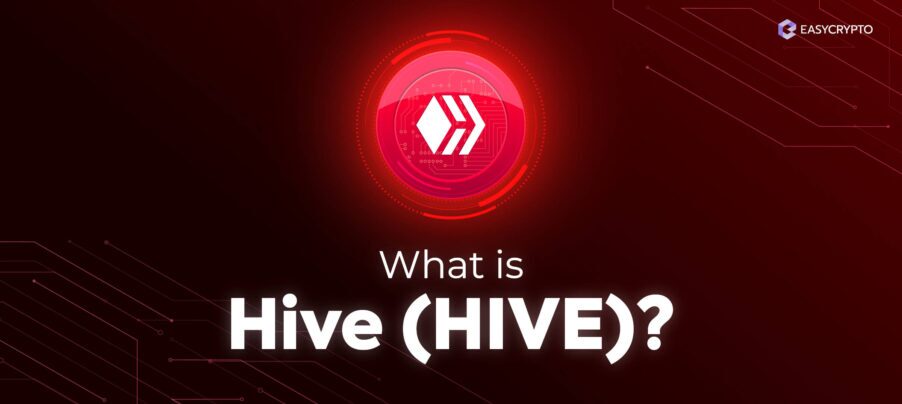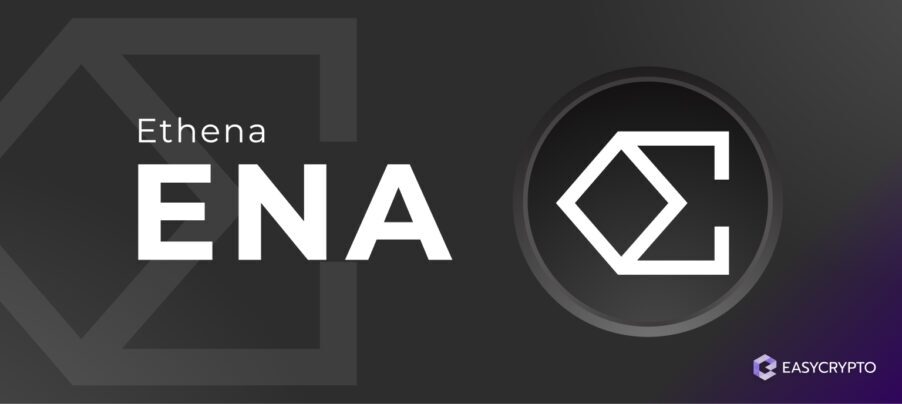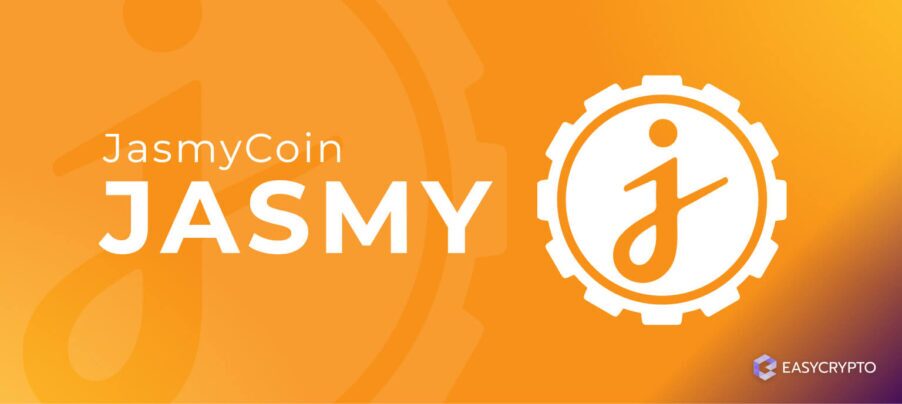What is Hive (HIVE)? The Blockchain Social Media Explained
Take a closer look at Hive, a decentralised content sharing platform that rewards users with HIVE coins simply by being an active user.


Most of the social media platforms that we know of are free to use. However, they are not resistant to censorship. The brief history of the Internet has shown that powerful parties can influence what social media platforms deem as inappropriate content.
Unsurprisingly, some content that expresses a popular but dissenting view could become flagged even in countries where freedom of speech is encouraged and respected. For a truly censorship-resistant social media and content creation network, blockchain technology is needed.
Hive is a network for censorship-resistant social media platforms. Hive’s apps seem no different to user-generated content platforms like Reddit and Facebook. Anyone can create an account for free without needing to invest in HIVE coins to start interacting with the ecosystem.
Content, applause and interactions (i.e. comments and replies) can be monetised on any one of Hive’s platforms. This is made possible by the Proof of Brain protocol. Curious to know what Hive is? Read on to learn more about this unique blockchain application.
What is the Hive network?
Hive is a blockchain-based content creation platform (in essence, a social media network) that rewards its users with the native cryptocurrency HIVE for actively participating in community-run decentralised applications (dapps).
The Hive network has a completely decentralised governance system where users who have a stake in the network have the right to vote. This stake is represented by locked HIVE coins in special wallets, with the aim of securing and further decentralising the network’s many protocols.
The blockchain was designed to operate with the Delegated Proof of Stake (DPoS) protocol, which heavily relies on users staking their wealth in HIVE coins. In the DPoS protocol, users elect delegates (also known as Witnesses in the Hive network) who will validate transactions and produce new blocks on the blockchain on the investors’ behalf.
There are 20 elected Witnesses that take random turns to produce new blocks. A reduced number of network nodes (as opposed to thousands in Bitcoin’s network) is better for keeping the block time around 3 seconds and transaction speeds fast enough for its purpose.
However, Witnesses must be supported by users who delegate their HIVE coins to them, and any user can stop supporting and delegating HIVE to a Witness at any time. This gives an incentive for Witnesses to operate honestly, reducing the chance of a centralised control of power over the network.
While many other blockchains follow a DPoS protocol, HIVE is unique in that it is purpose-built for social media dapps that rely on speed, security, and large storage space for media. Crucially, Hive has a unique Proof of Brain protocol to power a creative economy that incentivises quality content.
What is the cryptocurrency HIVE?
HIVE is the native cryptocurrency for the Hive network, and this is the liquid form of the cryptocurrency. This means users can easily send HIVE amongst each other, for example, to give tips or donations to their favorite content creators. HIVE is also rewarded to actively participating users.
Of course, HIVE also exists in non-liquid (staked) form, called Hive Power, or HP for short. HP can’t be used as a medium of exchange, but it can be delegated to Witnesses.
Another cryptocurrency on the Hive network is the Hive Backed Dollar or HBD for short. This is a stablecoin to which users can easily exchange HIVE at a decentralised exchange. It is pegged one to one with the US Dollar, but take note that there is no fiat reserve to back the HBD.
Instead, the stablecoin heavily relies on arbitrageurs, which makes HBD slightly more volatile compared to Tether (with a fiat reserve) and TerraUSD (with an algorithm to control supply).
In this article, we won’t get into the details of HBD, since it doesn’t play much role in the token economy of Hive. On the other hand, HIVE and HP are a pair of important stores of value. Because the network relies on staking to enforce the DPoS protocol, stakers who stake more of their HIVE can earn more HIVE from a reward pool.
Learn more: What is Crypto Arbitrage? A Beginner’s Guide.
The tokenomics of the Hive network
HIVE is an inflationary cryptocurrency, meaning that there is currently no rule that limits the supply of HIVE coins. This may change in the future if the community decides to propose a supply limit via decentralised governance, or perhaps introduce a coin burn (permanent removal from circulation) protocol just like Ethereum after the London hard fork.
For now, HIVE has an inflation rate of about 7.5% per year. The inflation rate decreases by 0.01% every 250,000 blocks. In annual terms, this is a decrease of 0.5% per year. This decrease will eventually stop at 0.95%. If calculated from 2021, the constant inflation rate will begin in the year 2034.
In the Hive whitepaper, “HIVE inflation” refers to the reward system. While most investors would think that inflation is not a good thing, in the Hive ecosystem, reinvesting HIVE rewards towards staking is highly encouraged.
New HIVE is released in a scheduled manner, and is distributed in the following manner:
- 65% is split equally between content producers and content curators (those who actively engage with the content, by upvoting, commenting, and sharing).
- 15% is given to HP stakers
- 10% is given to the Witnesses
- 10% is saved into the Decentralised Hive Fund, which is the network’s treasury used to fund community proposals.
The mechanism for which new HIVE is released among the content producers and curators uses the Proof of Brain protocol.
What is Proof of Brain?
As strange as this protocol may sound, the Proof of Brain leverages the power of human subjectivity, which any machine does not currently possess. The value of a piece of content is determined by looking at the number of upvotes and engagements that the content has been given by human curators.
When a content gets published, there is a seven-day period in which the content can receive upvotes or downvotes. After this period ends, the content may still receive votes from content consumers, however the “final score” of the content remains constant.
The protocol will choose a group of content that has the highest final scores among all the content produced from a given range of time. Newly minted HIVE is then rewarded to the creators of the top content as well as the curators (users who upvoted the content and their comments). Users who stake more HP receive a larger weight of the reward, and this applies to both the content creator and curators.
The fact that the curators are also rewarded encourages users to vote on high-quality content, which will have a higher chance of getting a high score. Users can also downvote content to negate the potential final score of the content.
This also lifts the barrier of entry for new users. Users do not need to invest fiat money to buy HIVE. They could use the platform as they would use Facebook, Twitter, or Reddit. If they simply invest their time on the platform, they could earn some HIVE.
Another concept that is equally important is Resource Credits. By limiting the amount of content data that users can publish, the network can avoid congestion and spam, whilst keeping the platform fee-free. So, while publishing content or transacting with HIVE is free on the Hive network, users are still limited by Resource Credits.
Of course, Resource Credits are replenished on an hourly basis. This resource is not tradable; the only way for users to extend their limit (i.e. to upgrade their Resource Credits) is to stake more HIVE.
Voting power, on the other hand, is always finite; it cannot be upgraded like Resource Credits. Both Resource Credits and voting power cannot be accumulated once they are fully replenished.
Hive is a hard fork of Steem
If you have read about the Steem network, you may know that it also uses the Proof of Brain protocol, much like Hive. In fact, Hive is a hard fork of Steem, and was created due to community disagreement on the influence of Steem, Inc., the company that manages Steem network, on the network itself.
In March 2020, the Tron Foundation acquired Steem, Inc., and took over Steem’s network to reverse a soft fork on Steem, which sought to reduce Tron’s ability to sway governance decisions. This caused an uproar among some of Steem’s community members, prompting some developers to pull back their Steem dapps.
Hive was created as a reaction, using some of the source code of the Steem protocol, but allows for a completely decentralised governance system. Each account on the Steem network has received a perfectly mirrored balance of their STEEM holdings in the new HIVE coins.
So, Steem users can access their HIVE holdings by logging into a Hive account with the existing Steem account credentials. However, staked STEEM was excluded from the initial distribution. In effect, there were less HIVE coins than the total supply of STEEM at the time of the fork.
What is the future of Hive?
Greater decentralisation and community-driven governance can produce a more robust blockchain network that is more resistant to censorship. The hard fork did not produce two weak blockchain networks. While the Steem network still runs as well as before, Hive is also thriving.
Some of the dapps that have existed on Steem have also appeared on Hive shortly after the hard fork. For example, Splinterlands (trading card platform), and Esteem (social dapp for bloggers) have moved from Steem and onto Hive, while DTube video platform maintains all the Steem and Hive users by existing on both blockchains, and keeping the community together under one platform.
There are 39 dapps on Hive as of October 2021. While this is a small number of dapps compared to Ethereum’s massive ecosystem, you should remember that Hive is purpose-built for blogging and content sharing.
Three of the largest centralised social media platforms are YouTube, Instagram, and TikTok. Hive has 39 decentralised apps that may become more popular in time.
Feeling bullish on HIVE? It’s available on Easy Crypto! Check out today’s HIVE price.
Share to
Stay curious and informed
Your info will be handled according to our Privacy Policy.
Make sure to follow our Twitter, Instagram, and YouTube channel to stay up-to-date with Easy Crypto!
Also, don’t forget to subscribe to our monthly newsletter to have the latest crypto insights, news, and updates delivered to our inbox.
Disclaimer: Information is current as at the date of publication. This is general information only and is not intended to be advice. Crypto is volatile, carries risk and the value can go up and down. Past performance is not an indicator of future returns. Please do your own research.
Last updated October 10, 2024





